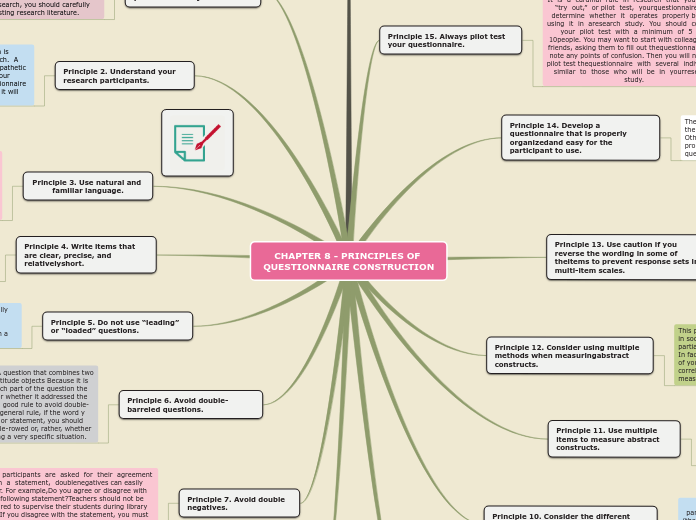realizată de Cary Chicaiza 5 ani în urmă
830
CHAPTER 8 - PRINCIPLES OF QUESTIONNAIRE CONSTRUCTION
This is a sample mind map

realizată de Cary Chicaiza 5 ani în urmă
830

Mai multe ca acesta